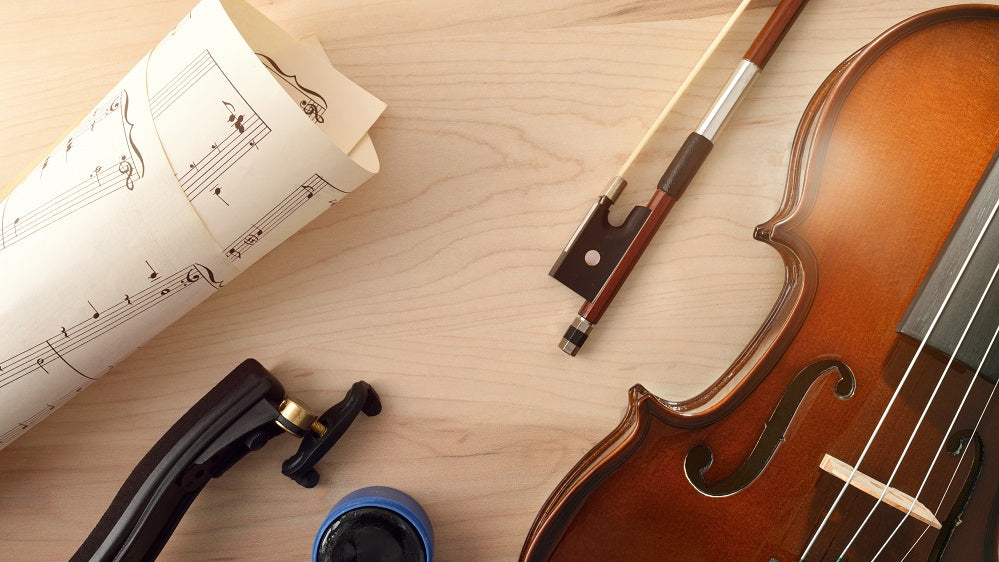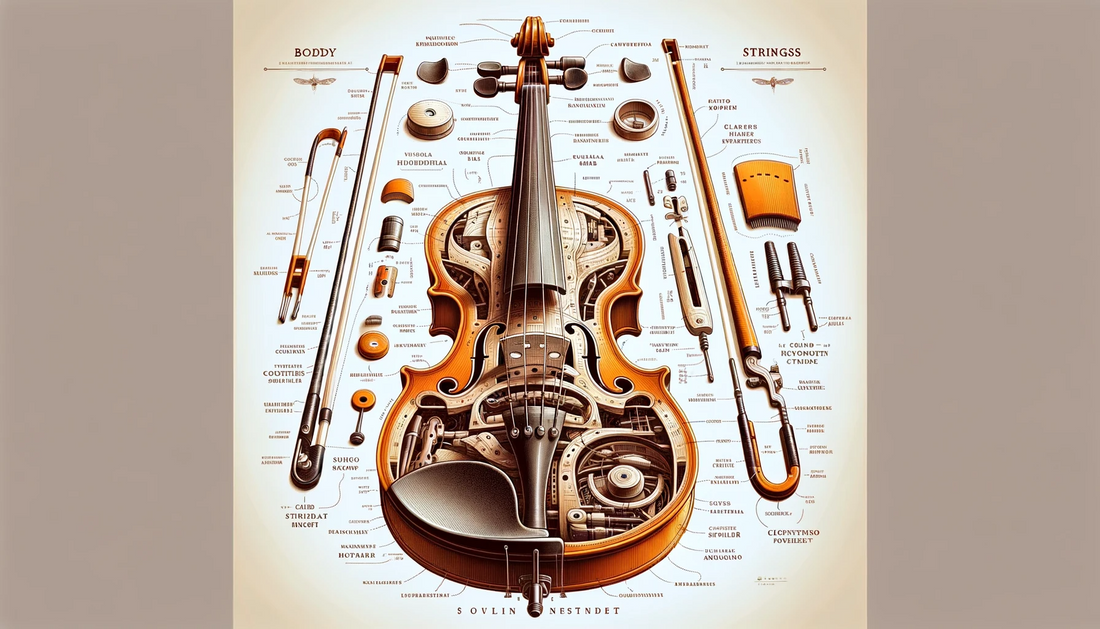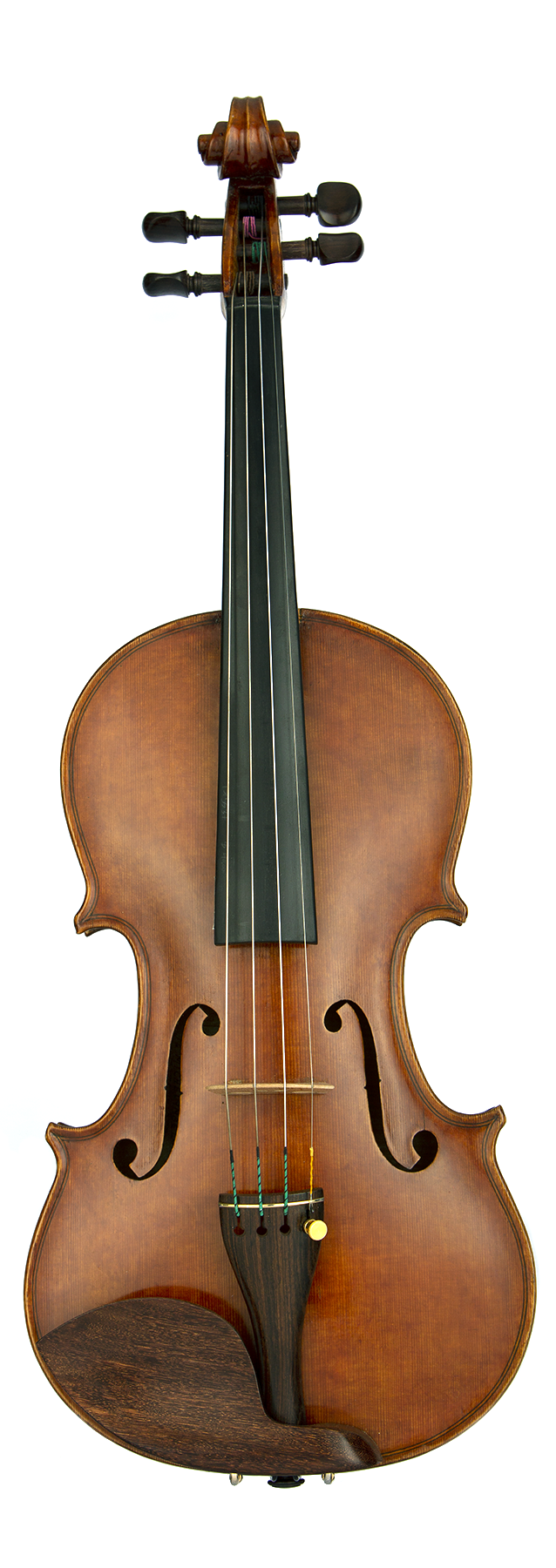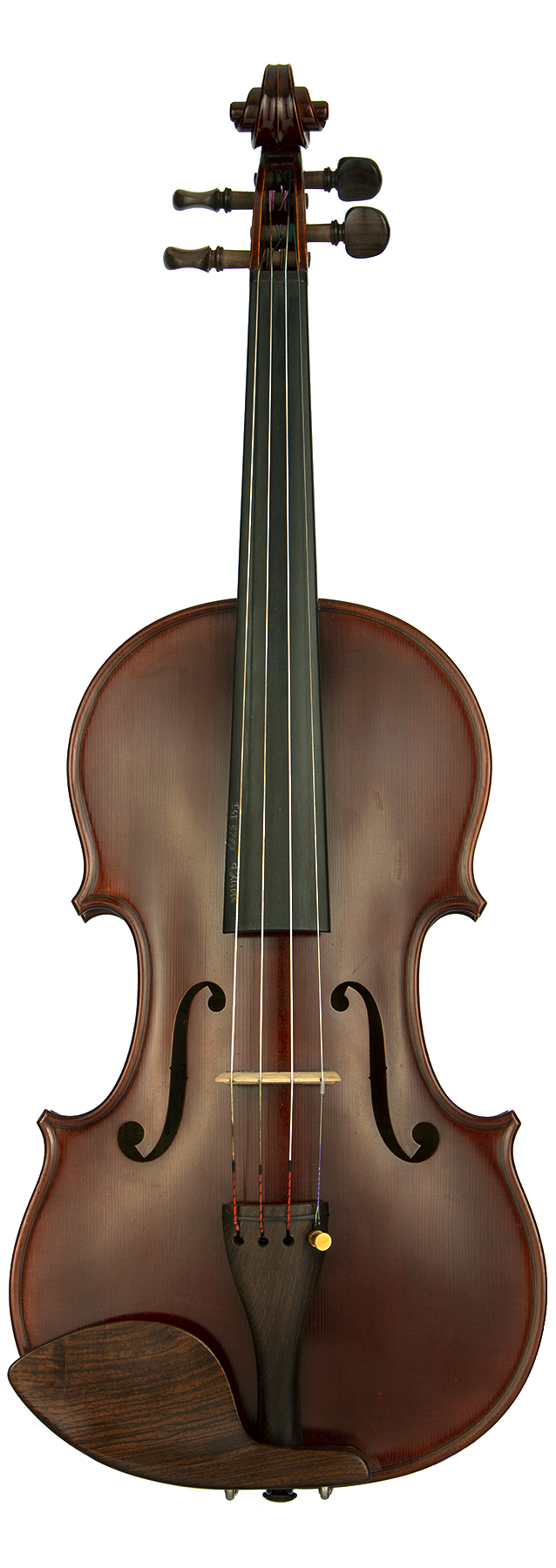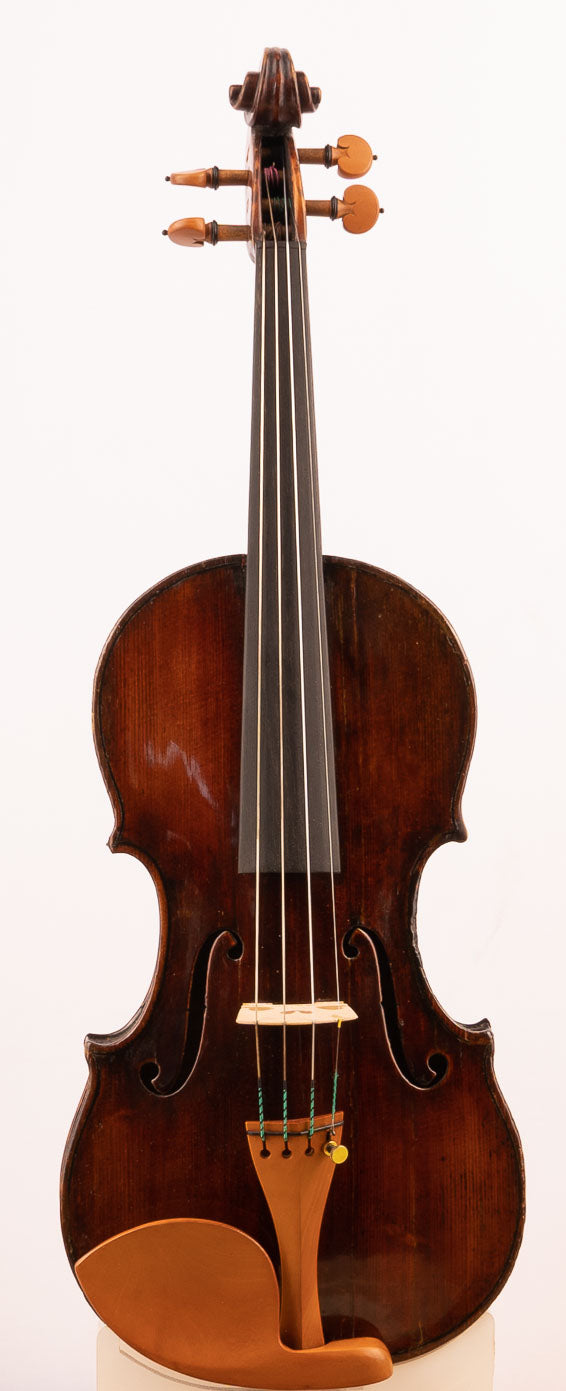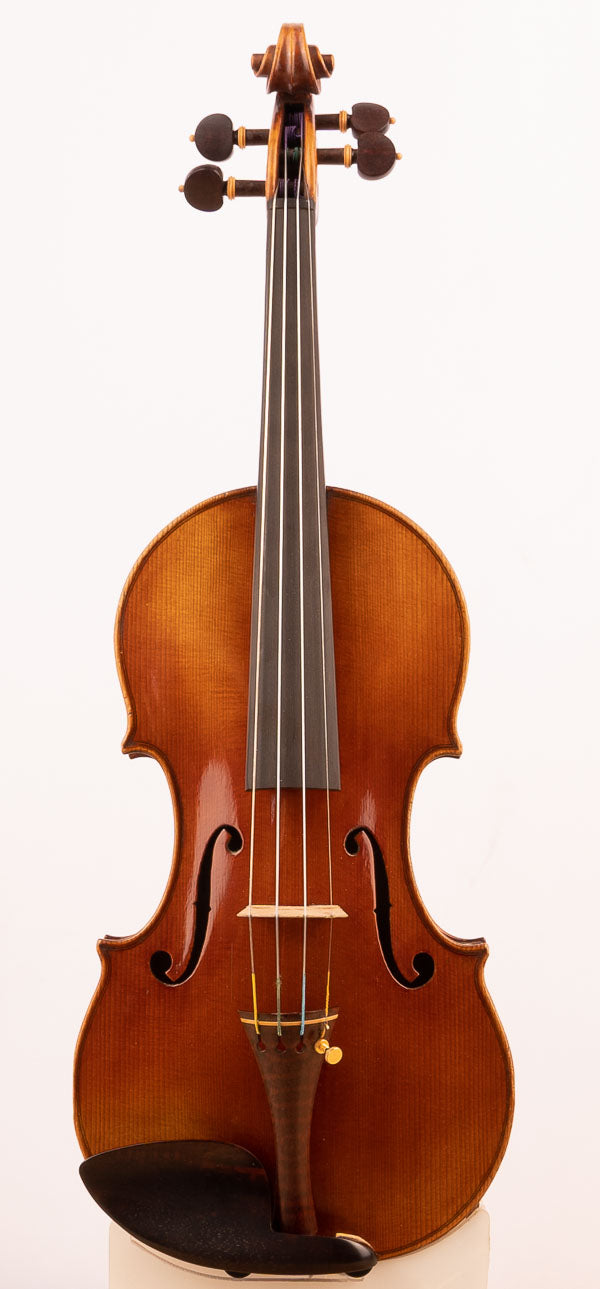The construction of a violin is a complex blend of art and science, requiring precise craftsmanship and a deep understanding of acoustics. For expert violin makers, every component of the violin's anatomy is essential in determining its sound quality, playability, and aesthetic appeal. This detailed breakdown provides an insight into the various parts of the violin and their roles in the instrument’s overall functionality.
Body and Sound Box
The body, or sound box, of the violin is the main resonating chamber that amplifies the sound produced by the strings. It consists of the top (also known as the belly), the back, and the ribs. The top is usually made from spruce, chosen for its lightness and ability to resonate (Stoel & Borman, 2008). The back and ribs are typically constructed from maple, valued for its strength and tonal qualities. The shape and thickness of these components are critical; slight variations can significantly alter the sound of the violin.
The interior of the body features important structural components, including the bass bar and the sound post. The bass bar, glued to the inside of the top under the bass side of the bridge, adds strength to the structure and influences the violin’s tonal response (Jansson, E. V., 1983). The sound post, positioned inside the violin between the top and back, plays a crucial role in transmitting sound vibrations from the top to the back, contributing to the instrument's overall tonal balance.
Neck and Fingerboard
The neck of the violin is a crucial component for playability. Made typically from maple, it supports the fingerboard and extends the playing surface of the strings. The fingerboard, usually made from ebony due to its durability and smooth texture, is where the violinist's fingers press down the strings to alter pitches. The design and angle of the neck and fingerboard are critical for comfortable playability and accurate intonation.
Scroll and Pegbox
The scroll and pegbox are both functional and ornamental elements of the violin. The scroll is a decorative carving at the end of the neck, while the pegbox houses the tuning pegs. The pegs, usually made from ebony or rosewood, are used to adjust the tension of the strings, thereby tuning the instrument. The design and construction of the pegbox and scroll require precision to ensure ease of tuning and structural integrity.
Bridge and Tailpiece
The bridge plays a pivotal role in sound production. Made from maple, it supports the strings and transmits their vibrations to the body. The placement and curvature of the bridge affect the action (string height above the fingerboard) and the violin's tonal quality. The tailpiece, attached to the bottom of the violin, anchors the strings and can be made from various materials, including ebony, metal, or composite materials. It affects the tension and resonance of the strings.
Varnish and Aesthetics
The varnish not only protects the wood but also impacts the violin's tone and aesthetics. According to a study by Brandmair & Greiner (2010), the varnish composition used by historical makers like Stradivari played a role in the sound quality of their violins. Modern makers continue to explore varnish formulations to enhance both the visual and acoustic properties of their instruments.
Modern Developments
Advancements in technology and materials have led to new possibilities in violin making. For example, the use of computer-aided design (CAD) and synthetic materials offers consistency and innovation in the construction process (Wachowiak & Karas, 2009). These developments represent a blend of traditional craftsmanship and modern techniques, expanding the capabilities and characteristics of contemporary violins.
Conclusion
The anatomy of a violin is a testament to centuries of craftsmanship and musical evolution. Each component, from the body to the varnish, plays a significant role in the instrument's functionality and sound. Understanding the complexities and interdependencies of these components is crucial for any expert violin maker, allowing them to craft instruments that meet the highest standards of quality and performance.
References:
- Stoel, B. C., & Borman, T. M. (2008). A Comparison of Wood Density between Classical Cremonese and Modern Violins. PLOS ONE, 3(7), e2554.
- Jansson, E. V. (1983). Acoustics for Violin and Guitar Makers. Stockholm: Royal Institute of Technology.
- Brandmair, B., & Greiner, S. (2010). Stradivari Varnish: Scientific Analysis of his Finishing Technique on Selected Instruments. Journal of Cultural Heritage, 11(3), 381-392.
- Wachowiak, M. J., & Karas, B. V. (2009). 3D Scanning and Replication for Museum and Cultural Heritage Applications. Journal of the American Institute for Conservation, 48(2), 141-158.
